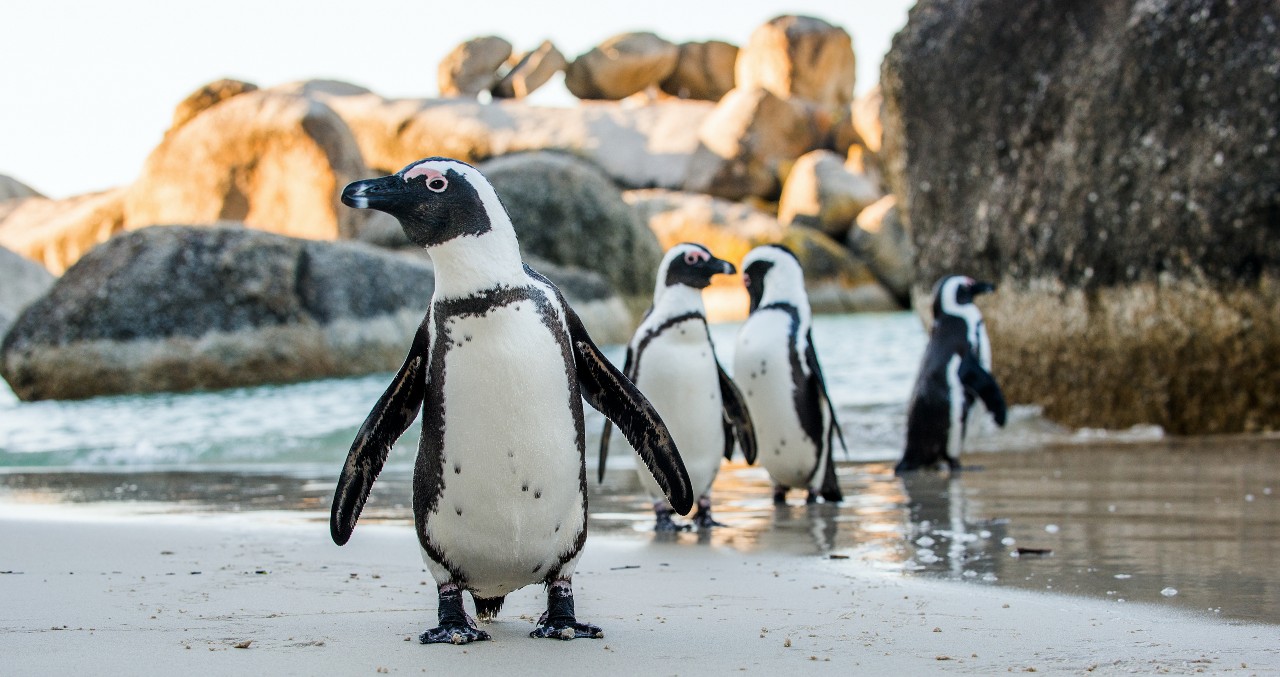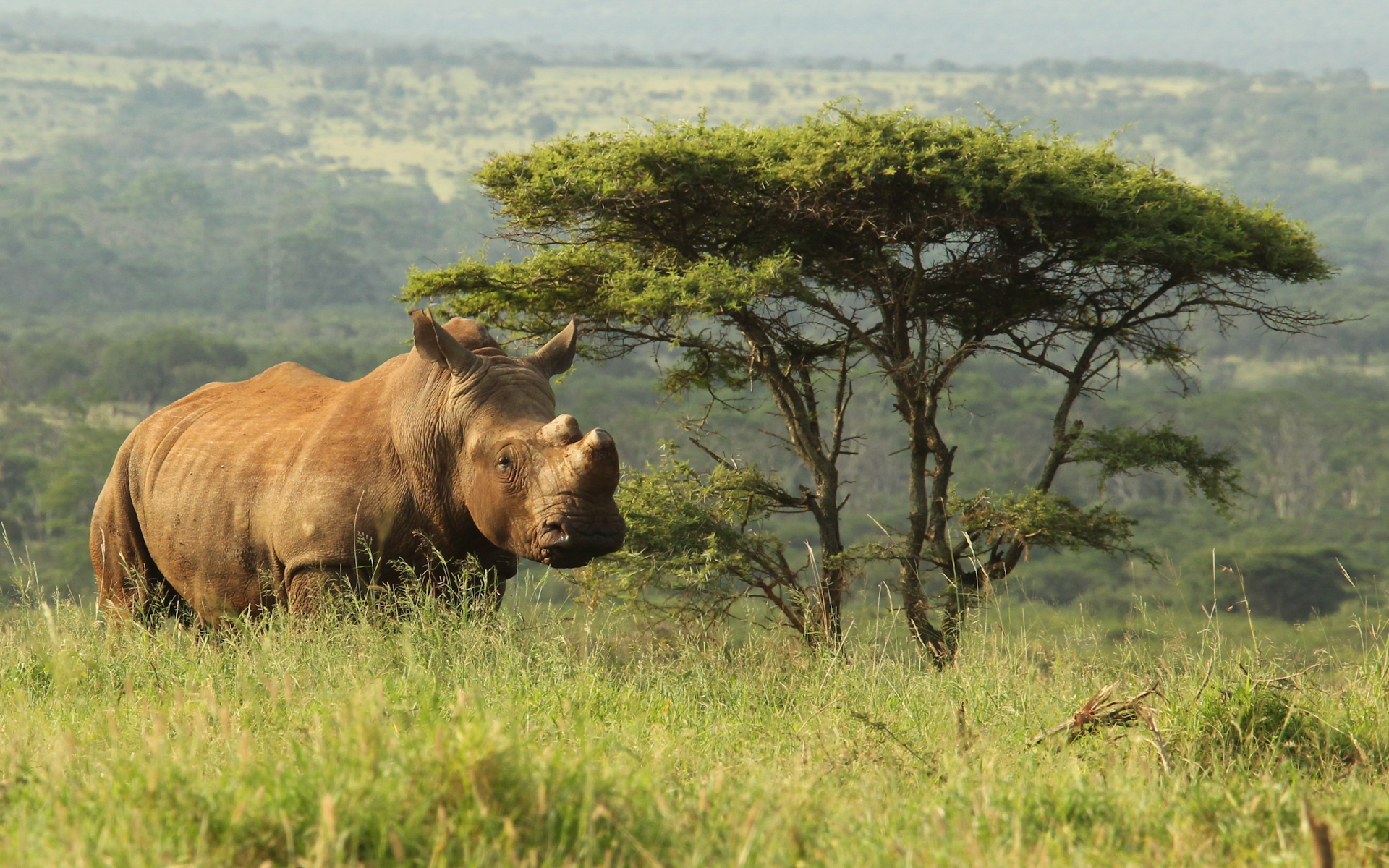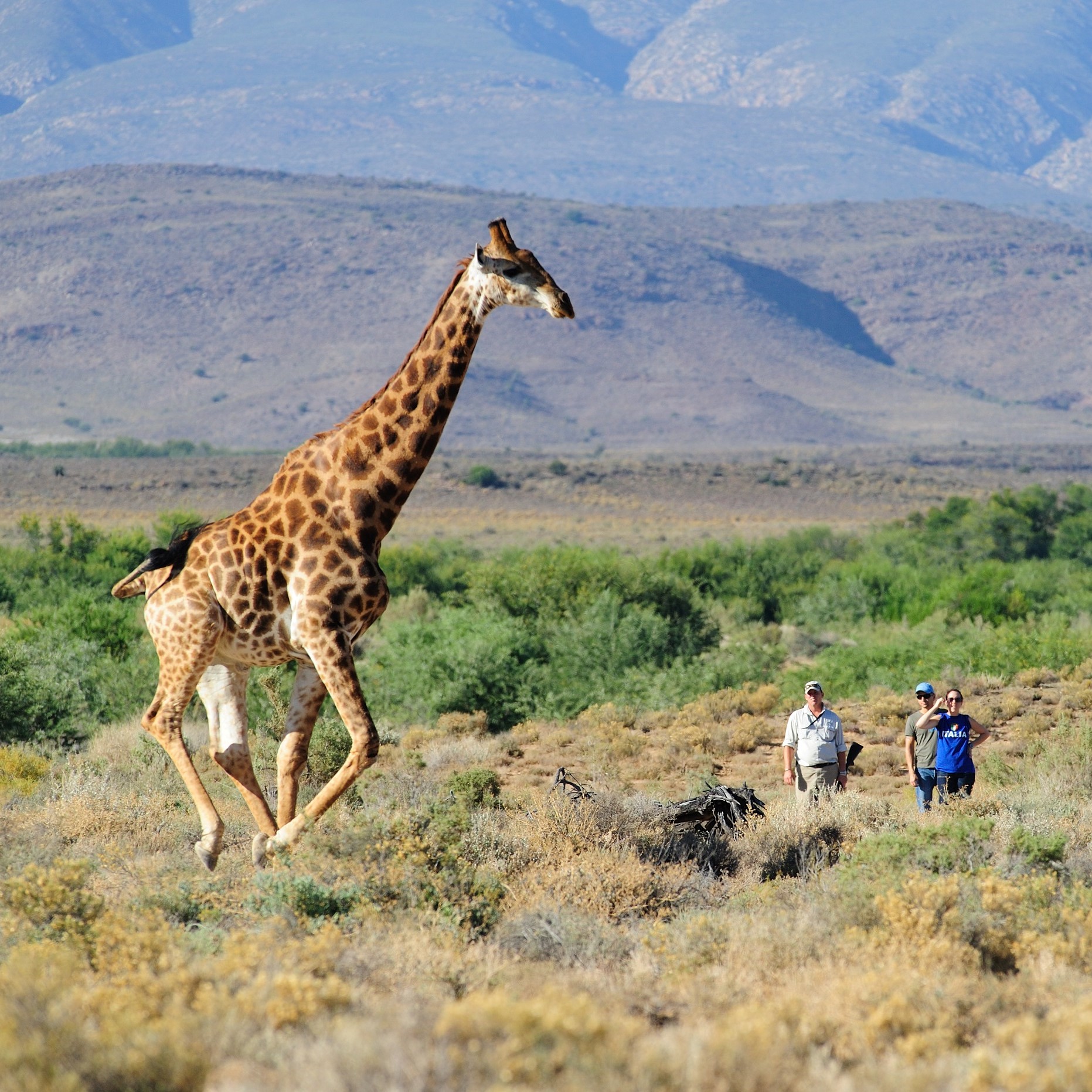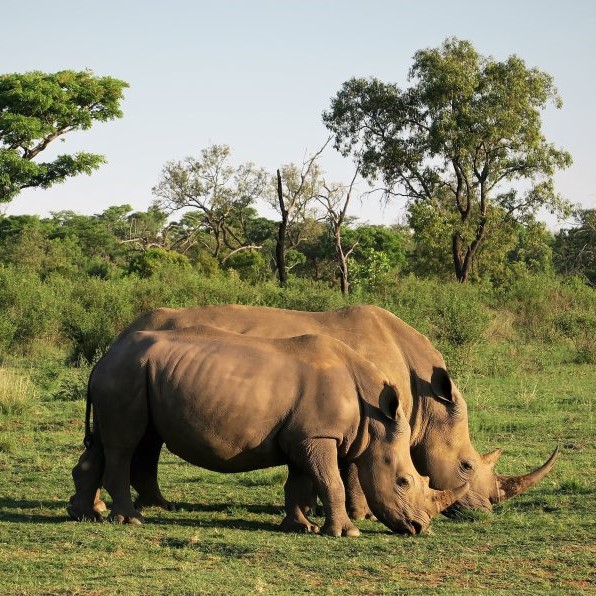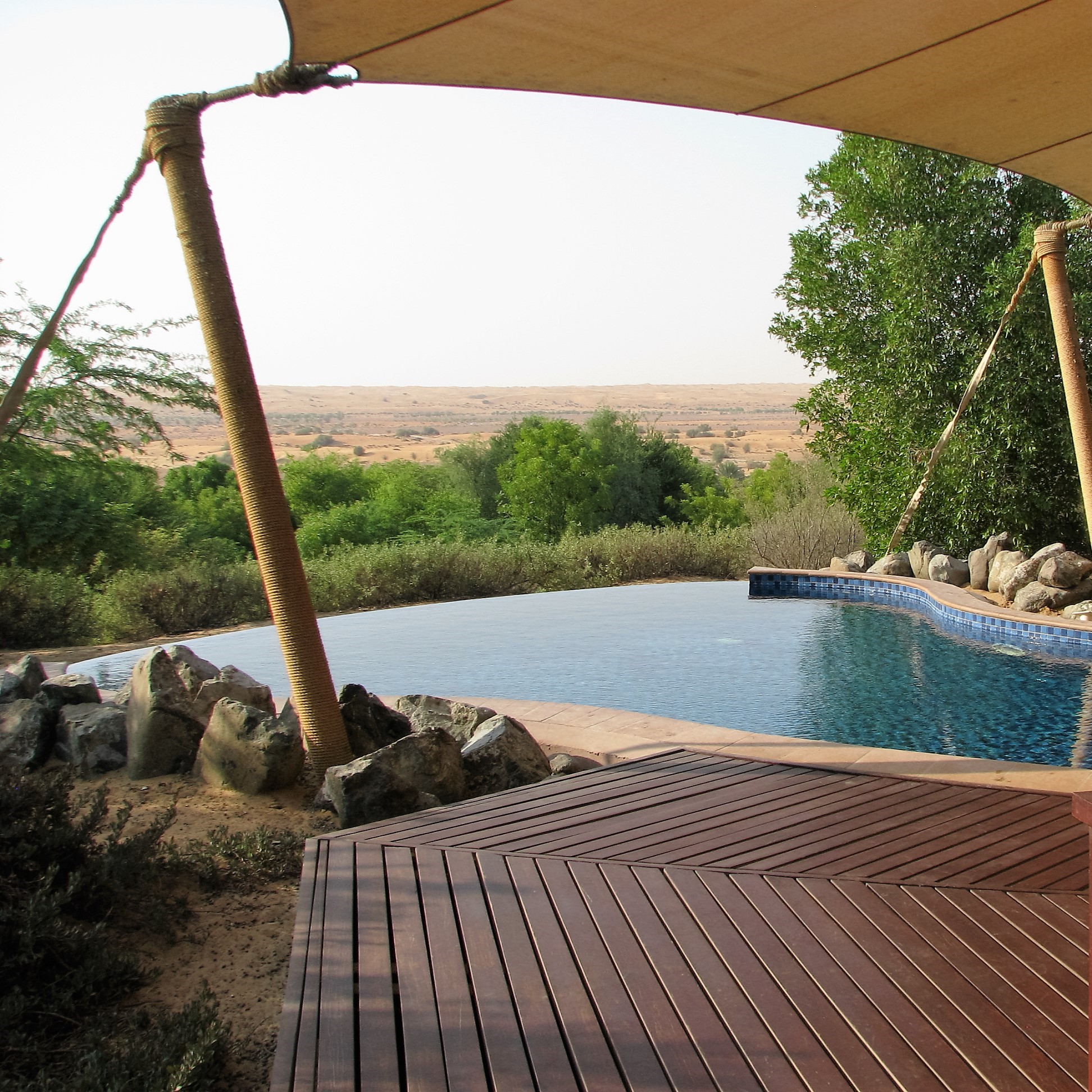A campaign to prevent the extinction of the African Penguin from the wild. To date there have been no public action campaigns for the African penguin, this campaign, however aims to change that.
We the people are saying: “Not On Our Watch” #NOOW

For the African penguin, the writing may be on the wall. With only 10 000 breeding pairs left in South Africa, they are staring down the abyss of extinction. With such a small number of individual birds left in the wild, the population will be functionally extinct by 2035. This means that the population will be so small that it will no longer be able to breed enough to increase numbers again.
The Dyer Island Conservation Trust (DICT) and the African Penguin & Seabird Centre (APSS) are dedicated to the survival of the African Penguin. Wilfred Chivell, chairman of the DICT says: “The APSS is our biggest project, we have put in a lot of hard work to rescue, rehabilitate and release compromised African penguins. Funding these projects are always a challenge and am thankful that we can spread the conservation message through my tourism company Marine Dynamics. The thought that my grandchildren would not be able to see the African penguin in the wild, is heart-breaking. Saving any species needs a groundswell of public support. That is why we are part of this campaign. We stand shoulder to shoulder with all the other organisations that are committed to prevent the extinction of the iconic African penguin. We hope that this campaign will get the greater public involved.”
What are the numbers?
A plummeting African Penguin population:
- In the early 1900s, it is estimated there were between 1.5 and 3 million individual African penguins across the species’ range along the Namibian and South African coast.
- It is estimated that there were close to 1 million pairs on the West Coast’s Dassen Island alone. However, by the mid-1950s, only about 300 000 were left due to egg harvesting and guano removal.
- Since 1979, when the first full count of the major South African colonies was conducted, the breeding population has declined from 55 200 pairs to a mere 10 000 breeding pairs in 2021.
- The current African penguin population is the lowest numbers ever recorded.
- The species has been classified as Endangered on the Red List by the International Union for Conservation of Nature (IUCN) since 2013.
We need healthy oceans to support marine life now and into the future, especially if we want our children to see African penguins in the wild.
The goal of the #NOOW campaign is to create a movement and raise awareness about the need for urgent action to reverse the decline of the African penguin population in the wild.
The campaign aims to:
- call for support to ensure that wise decisions concerning the future of the African penguin are made by the relevant authorities,
- create a movement to build pride in African penguins as a part of South Africa’s unique biodiversity,
- assist penguin colony managers by ensuring that visitors to the colonies behave in a way that supports penguin wellbeing.
The possible extinction of African penguins will have far-reaching environmental impacts. Penguins are sentinels of ecosystem health and play an important role in the functioning of marine ecosystems. African penguin colonies provide an indication of the status of other marine top predators that target the same prey (sardines and anchovies) and are thus important indicators of the status of pelagic marine ecosystems.
The African penguin is a valuable part of South Africa’s natural heritage. They are the only species of penguin found in Africa and are arguably one of the most accessible penguin species in the world. Areas like Boulders Beach in Simon’s Town and Stony Point in Betty’s Bay on the Cape coast will lose this iconic species that attract many people to visit these areas, and Africa will lose the only endemic penguin species on the continent.
If they disappear from our wild seascape it will lead to economic impacts through job losses for tourism and conservation.
How did we end up at this low point?
African Penguins are faced with multiple pressures that are cumulatively contributing to their low population numbers. Historically, egg harvesting, and guano collection led to their decline. In the past, penguins made their nests in the burrows of guano. Harvesting guano removed the penguin nest material. Although guano harvesting is no longer allowed, a lack of nesting habitat is a concern. This is being addressed through revegetation efforts at some colonies and deployment of artificial nests.
The more recent downward trend has been attributed to food shortages caused by shifts in the distributions of their prey species; namely declining small pelagic fish stocks (such as anchovies and sardines) and direct competition with commercial purse-seine fishery for food. The 2018/2019 Sardine stock assessment was at the lowest since the 1980s showing an almost complete absence of sardines from the West Coast.
This created a perfect storm, a collapsed penguin population because of a range of historic human impacts and near to zero sardine biomass.
Despite many years of negotiation, no long-term decisions have been implemented. Minister Barbara Creecy has recently appointed an international panel to help determine if there is a way that conservation and the fishing industry can work together towards a mutually beneficial strategy. Responsible fisheries should promote protection of living aquatic resources and their environments and coastal areas. An adaptive time (during peak breeding season) and area closure (around breeding islands) management system can help to turn the situation around.
Many African penguin colonies occur in areas that are near existing or planned major shipping routes or ports. A growing threat is the expansion of harbours and an increase in ship traffic. Another threat for the African penguin, is ship-to-ship bunkering, which has started in Algoa Bay and is planned to expand to the West Coast. A large oil spill in the proximity of a breeding colony could destroy much of the remaining population. The maritime industry, including exploration for oil and gas reserves using seismic surveys is a further looming threat.
Other threats include disease outbreaks, extreme weather events, localised predation, and human disturbance at breeding colonies. All these threats require carefully implemented management plans for each penguin colony.
We would love you to join us. Stand up for this sentinel of our seas, the African penguin and to say: “Not on our watch”. #NOOW

This collaborative campaign launched on the 1 March.
Visit the campaign website www.africanpenguinnotonourwatch.org The website has got great advice on how to be a responsible tourist when you visit a penguin colony.
Send a letter to the minister: https://www.africanpenguinnotonourwatch.org/email-the-minister supporting actions to protect the African penguin.
Mobilise a #NOOW Penguin Waddle Event at your organisation to celebrate World Penguin Day on 23 April 2023.
Follow the campaign on Facebook and Instagram and share #NOOW campaign posts.
Share your love for penguins by sharing your photos and videos on social media using the hashtags #AfricanPenguin #NOOW.
Please contact Dr Judy Mann judy@aquariumfoundation.org.za if you would like to be involved in the #NOOW campaign.
We are grateful to the funders who made this campaign possible: Georgia Aquarium, Florida Aquarium, Zoos Victoria and the Two Oceans Aquarium Foundation.
Read the story in Responsible Taveller digital mag HERE

Read about rebuilding the African penguin population HERE

